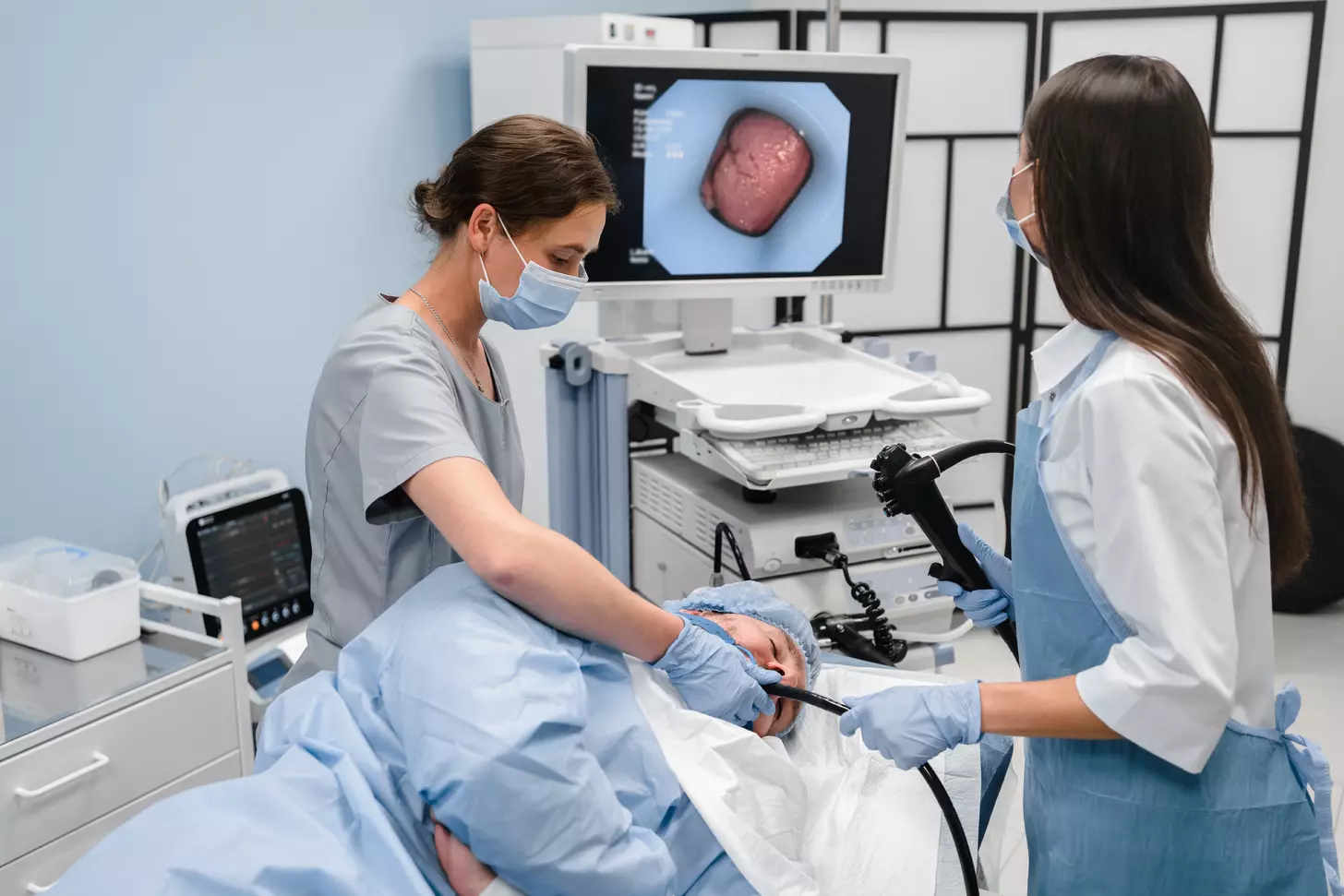Last Updated on November 27, 2025 by Bilal Hasdemir

Most Common Cancer Drugs List: Understanding Your Treatment Options
Cancer treatment is complex and highly personalized. At our institution, we offer a range of therapies designed to target different types of cancer effectively. One key part of treatment involves the use of cancer drugs, which help destroy or slow the growth of cancer cells.
If you’re wondering about the most common cancer drugs list, it typically includes medications such as Cisplatin, Doxorubicin, Cyclophosphamide, Paclitaxel, and Methotrexate. Each of these drugs works differently ” some stop cancer cells from dividing, while others damage their DNA to prevent them from spreading.
Our team of experts carefully reviews every patient’s medical history, cancer type, and treatment goals to create a plan that works best for them. By combining advanced therapies with compassionate care, we aim to give every patient the best possible outcome.
Understanding Cancer Drug Therapy
Patients and doctors need to understand cancer drug therapy. This treatment uses medicines to fight cancer. These medicines can be taken by mouth or given through an IV and target cancer cells everywhere in the body.
How Cancer Medications Work
Cancer medicines work in different ways to fight cancer. Some chemotherapy agents target fast-growing cells, like most cancer cells. But these drugs can also harm other fast-growing cells, causing side effects. Chemotherapy drugs are key in cancer treatment and help with many types of cancer.
Other medicines, like targeted therapies, aim at specific traits of cancer cells. For example, some targeted therapies block signals that help cancer cells grow or cut off their blood supply. Immunotherapy drugs boost the body’s immune system to better fight cancer cells.
- Targeted therapies focus on specific characteristics of cancer cells.
- Immunotherapies enhance the body’s immune response against cancer.
- Hormone therapies are used to treat cancers that are driven by hormones.
The Evolution of Cancer Drug Treatment
Cancer drug treatment has changed a lot over time. From early chemotherapy to today’s targeted and immunotherapies, treatment has become more advanced. The introduction of cancer pills or oral medications has made treatment easier for patients.
The list of anti-cancer drugs keeps growing as research improves. New drugs target specific cancers, giving hope to those with few treatment options before.
The Importance of Personalized Medicine in Cancer Treatment
Personalized medicine is key in cancer treatment today. Doctors use genetic and molecular tests to choose the best treatment for each patient. This approach makes treatment more effective and reduces side effects.
Genetic and biomarker tests help find the right oncology drugs for a patient. This personalized treatment is a big step towards better, less harmful therapies.
In summary, knowing about cancer drug therapy is vital for understanding cancer treatment. As research keeps improving, we’ll see more effective and innovative treatments.
Types of Cancer Medications

Cancer treatment has changed a lot over the years. Many medicines have been made to fight cancer. The main types are chemotherapy, targeted therapy, immunotherapy, and hormone therapy.
Chemotherapy uses drugs to kill cancer cells. Targeted therapy attacks specific molecules that help cancer grow. Immunotherapy uses the body’s immune system to fight cancer.
Hormone therapy is for cancers that are sensitive to hormones. The right treatment depends on the cancer type, stage, and the patient’s health.
In conclusion, knowing about different cancer medicines is key to good treatment. This knowledge helps patients and doctors choose the best treatment plan.
Most Common Cancer Drugs List: Top 20 Medications
## Most Common Cancer Drugs
Cancer treatment has changed a lot over the years. Many drugs have been made to fight different cancers. Here, we’ll look at some of the most commonly used cancer drugs.
### Chemotherapy Agents
Chemotherapy uses drugs to kill cancer cells. The most common ones are:
* Cyclophosphamide: Treats lymphoma, leukemia, and breast cancer.
* Doxorubicin: Helps with breast cancer, lymphoma, and leukemia.
* Paclitaxel: Works for ovarian cancer, breast cancer, and lung cancer.
### Targeted Therapies
Targeted therapies are newer. They focus on specific molecules in cancer growth. Examples are:
* Trastuzumab: For HER2-positive breast cancer.
* *Bevacizumab*: Treats colorectal, lung, and kidney cancer.
### Conclusion
In summary, common cancer drugs include chemotherapy and targeted therapies. These drugs help fight many cancers. Research keeps going to find new, better treatments.
How Oncologists Select Cancer Medications
Research keeps moving forward, leading to better cancer treatments. New technologies and therapies are being developed. This makes the future of cancer treatment look bright.
Combination Therapy Approaches

Cancer treatment often uses a mix of therapies. This includes different medications and approaches. The goal is to hit cancer cells hard, reduce resistance, and help patients more.
Standard Combination Regimens
Standard regimens combine various cancer drugs. For example, in breast cancer, treatments like AC (Adriamycin and Cyclophosphamide) and TAC (Docetaxel, Adriamycin, and Cyclophosphamide) are common. These combos aim to boost treatment success and fit each patient’s needs.
| Regimen | Drugs Used | Common Use |
| AC | Adriamycin, Cyclophosphamide | Breast Cancer |
| AC-T | Adriamycin, Cyclophosphamide, Paclitaxel | Breast Cancer |
| CAF | Cyclophosphamide, Adriamycin, Fluorouracil | Breast Cancer |
| CMF | Cyclophosphamide, Methotrexate, Fluorouracil | Breast Cancer |
| FEC | Fluorouracil, Epirubicin, Cyclophosphamide | Breast Cancer |
| TAC | Docetaxel, Adriamycin, Cyclophosphamide | Breast Cancer |
Synergistic Effects of Multiple Drugs
Using many drugs together can create a stronger effect. This synergy can make treatments more powerful, leading to better results.
Example: Mixing chemotherapy with targeted therapy can be more effective. It attacks cancer cells in different ways.
Managing Toxicity in Combination Treatments
Combination therapy can be very effective, but it also raises the risk of side effects. It’s important to manage these to keep patients comfortable and their quality of life good.
To handle side effects, doctors might adjust doses, use supportive care, or closely watch patients’ health.
Oral Cancer Medications: The Rise of Cancer Pills
Oral cancer medications have changed how we treat cancer. They make it easier for patients to manage their condition at home. This means less time in the hospital and more comfort for the patient.
But, sticking to the treatment plan is hard. It’s important to educate patients about the benefits and how to use these medications. This way, they can get the most out of their treatment.
Managing Side Effects of Cancer Drugs
Lorem ipsum dolor sit amet, consectetur adipiscing elit. Sed sit amet nulla auctor, vestibulum magna sed, convallis ex.
Lorem ipsum dolor sit amet, consectetur adipiscing elit. Sed sit amet nulla auctor, vestibulum magna sed, convallis ex.
Cancer Drug Costs and Accessibility
High costs of cancer drugs are a big problem. They make it hard for people to get the treatment they need. This is a big issue in the fight against cancer.
Many people struggle to afford these expensive treatments. This can lead to delayed or skipped treatments. It’s a serious problem that affects many lives.
Insurance coverage is a big factor in this issue. Some people have good insurance, but it doesn’t cover all the costs. Others can’t get insurance at all.
This makes it hard for people to get the treatments they need. It’s a big challenge in the fight against cancer.
There are many reasons for these high costs. Research and development are expensive. So are the costs of making and testing the drugs.
But there are also ways to make treatments more affordable. Some organizations help by lowering prices or providing financial aid. This can make a big difference for people who need these treatments.
It’s important to find ways to make cancer treatments more affordable. This will help more people get the care they need. It’s a key part of the fight against cancer.
Conclusion
Cancer treatment is a complex and ever-evolving field. Ongoing research and advancements in medical technology are key. Our understanding of the disease is also growing.
As we develop new and innovative treatments, we must stay committed. It’s vital to provide the highest quality care to those affected by cancer.
FAQS
What are the most common types of cancer medications?
The most common types include chemotherapy, targeted therapy, immunotherapy, and hormone therapy.
How are cancer medications administered?
They can be taken orally, given intravenously, or applied topically. This depends on the medication and the patient’s needs.
What are the side effects of cancer medications?
Side effects vary by medication and patient. Common ones are nausea, fatigue, and hair loss.
Can cancer medications be used in combination?
Yes, combining medications can lead to better treatment outcomes.
How are cancer medications selected for individual patients?
Medications are chosen based on the cancer type, stage, patient’s health, and medical history.
What is the role of personalized medicine in cancer treatment?
Personalized medicine tailors treatment to each patient’s cancer, leading to better results.
Are there any new developments in cancer treatment medications?
Yes, new treatments like targeted therapies and immunotherapies are being developed.
How can patients access information about their cancer treatment options?
Patients should talk to their healthcare provider about the best treatments for their cancer.
What are the benefits of participating in clinical trials for cancer treatment?
Clinical trials offer new treatments and help develop better treatments for the future.
How can patients manage the side effects of cancer treatment?
Patients can work with their healthcare provider to manage side effects through medication and lifestyle changes.
What is the importance of follow-up care after cancer treatment?
Follow-up care is key to monitoring for cancer recurrence and managing long-term side effects.
How can patients and their families cope with the emotional impact of cancer?
Seeking support from healthcare professionals, support groups, and loved ones can help cope with the emotional impact.
What are the latest advancements in cancer research and treatment?
New advancements include targeted therapies, immunotherapies, and combination treatments.
How can patients stay informed about the latest developments in cancer treatment?
Patients can follow reputable sources like the National Cancer Institute and discuss with their healthcare provider.
Reference
- Cambridge University Hospitals NHS Foundation Trust. (n.d.). Bladder care and management. https://www.cuh.nhs.uk/patient-information/bladder-care-and-management/
- London Health Sciences Centre. (n.d.). Timed toileting and double voiding. https://www.lhsc.on.ca/women-s-health/timed-toileting-and-double-voiding






